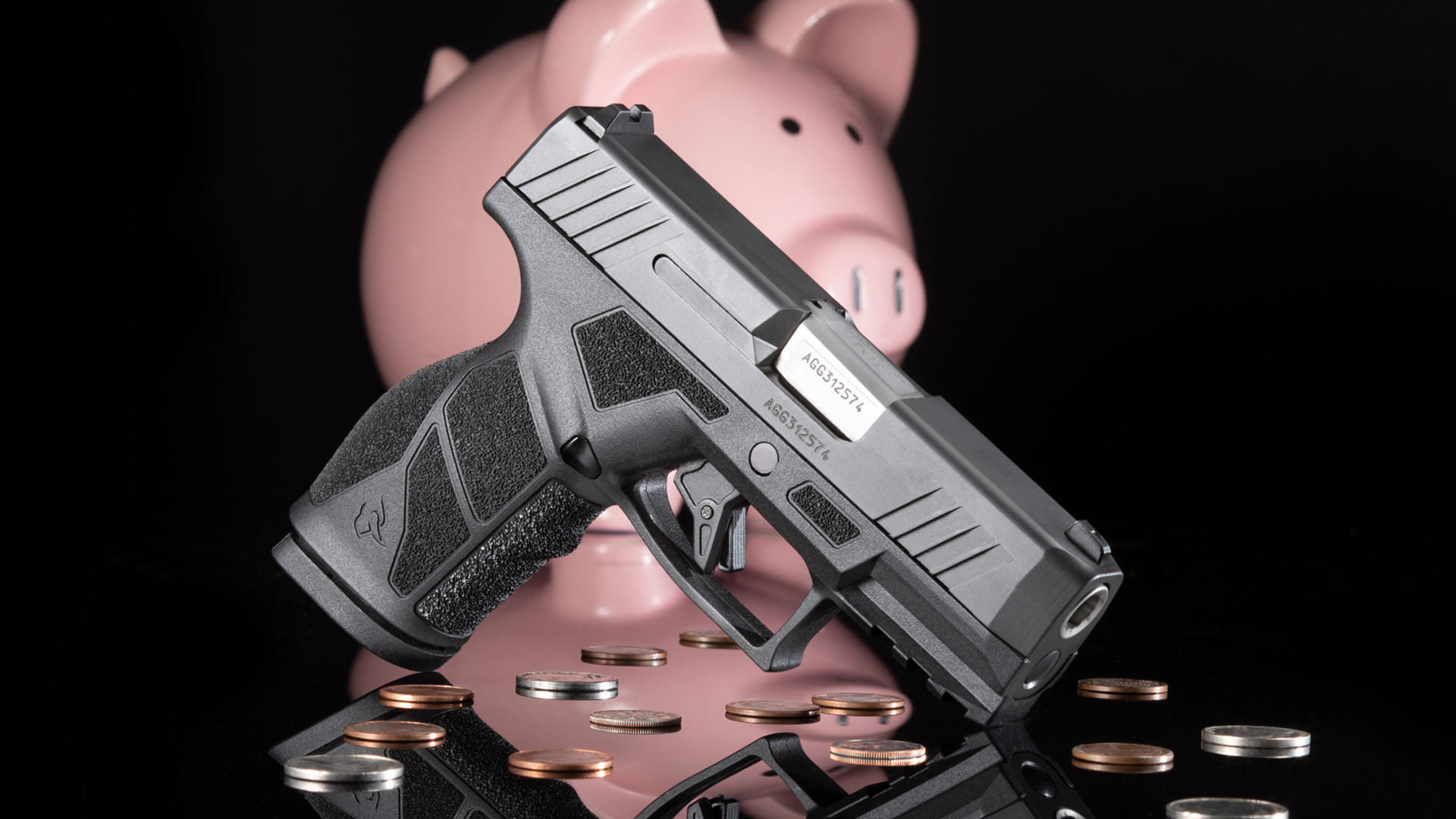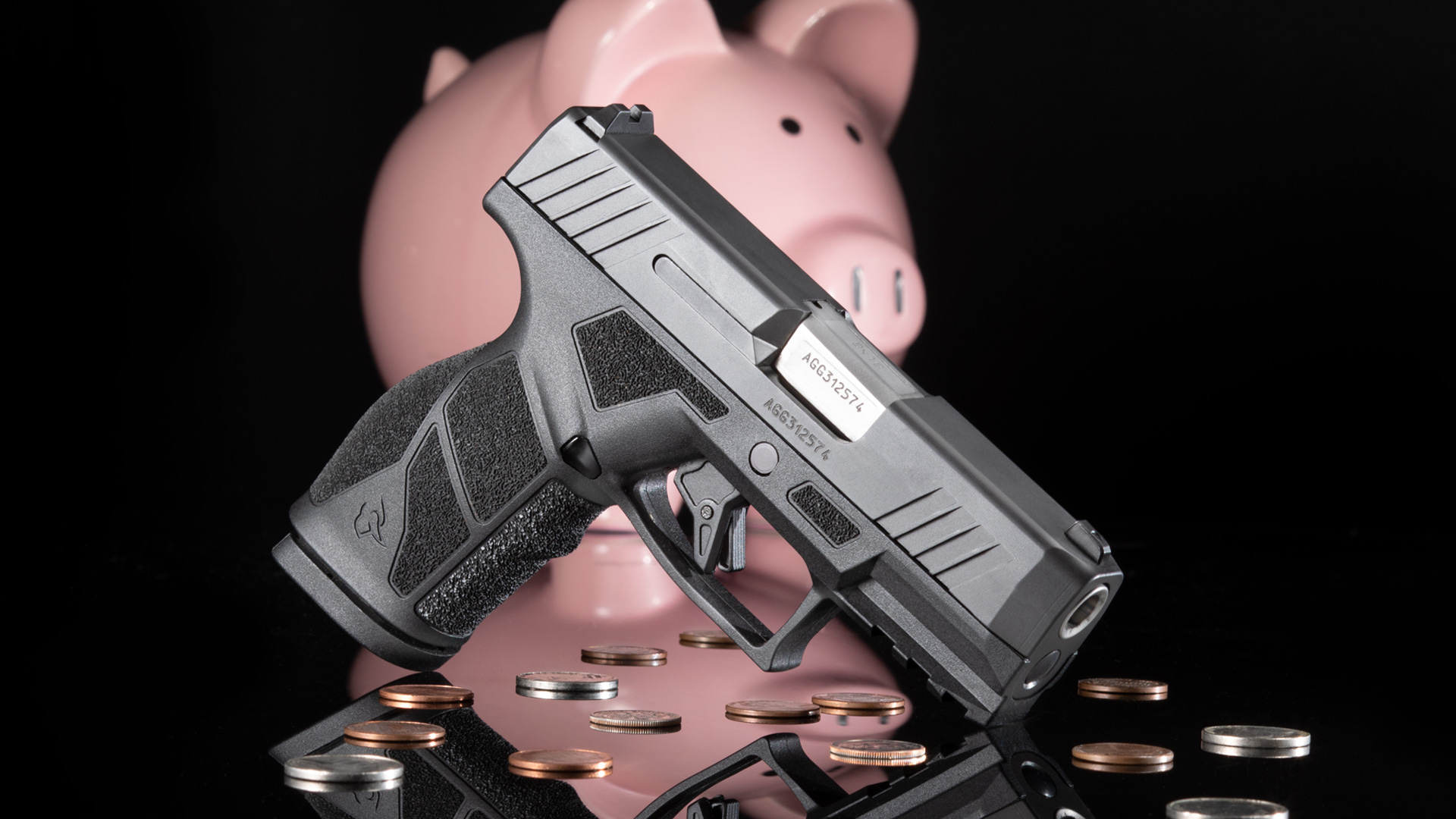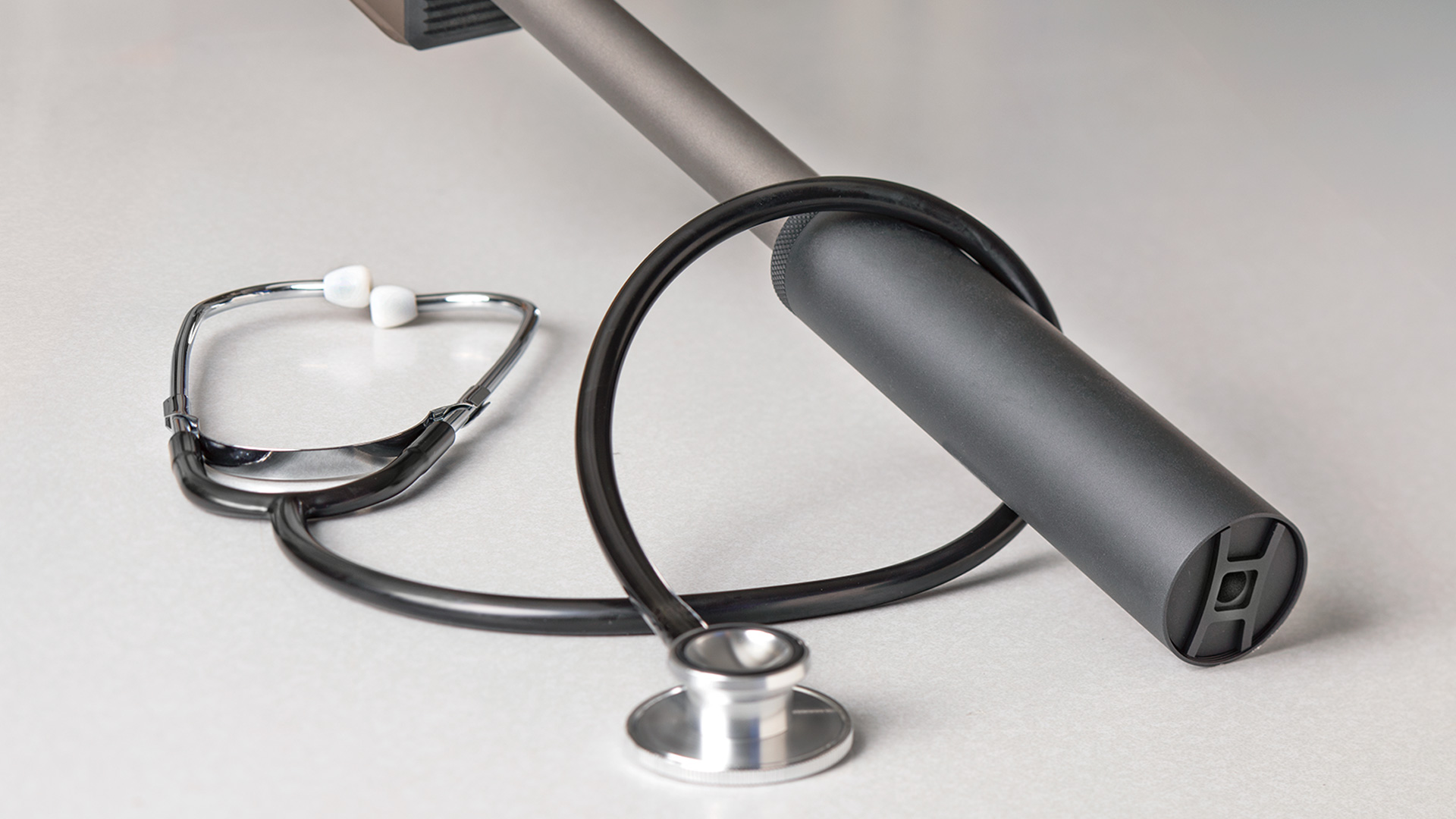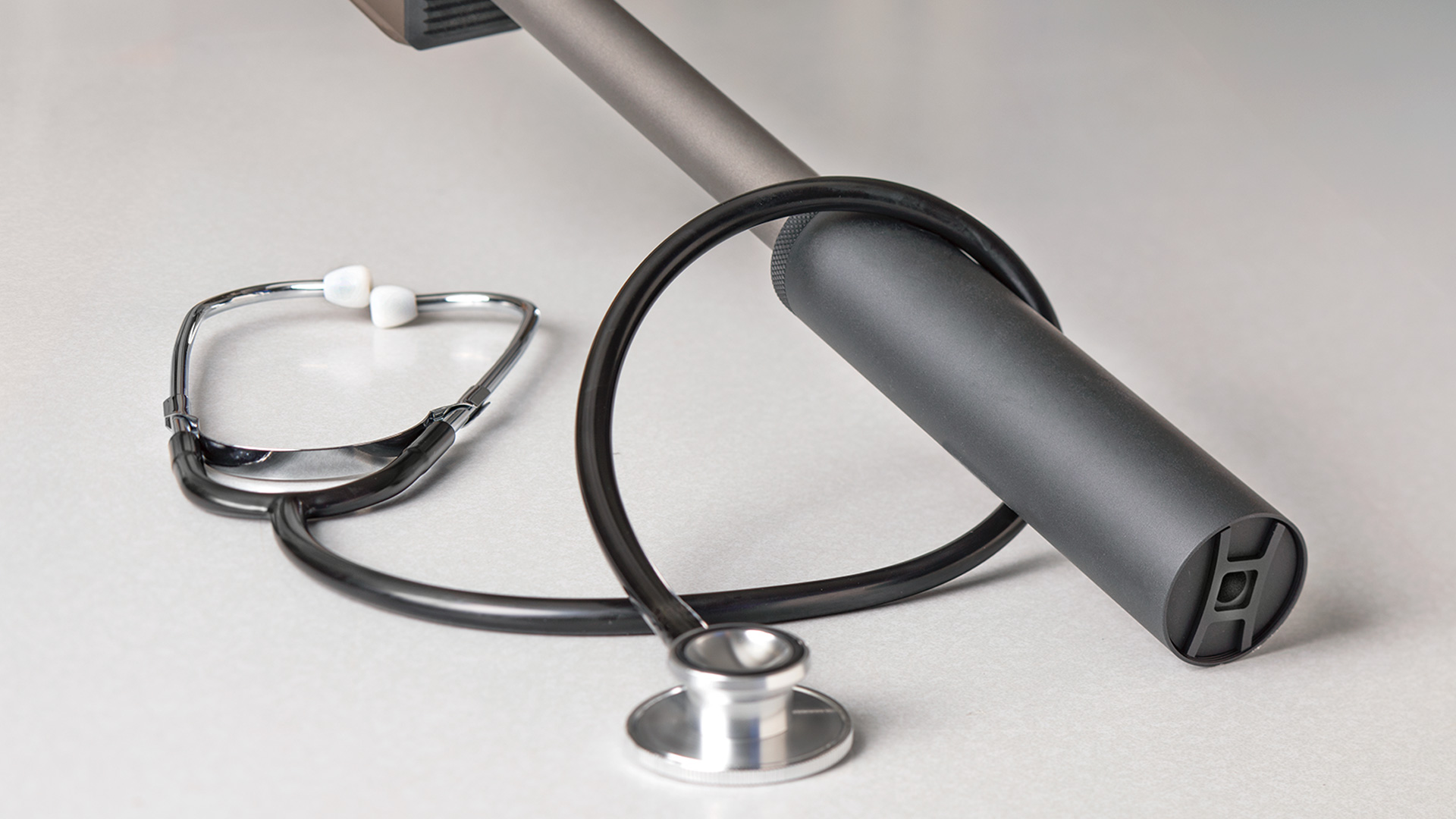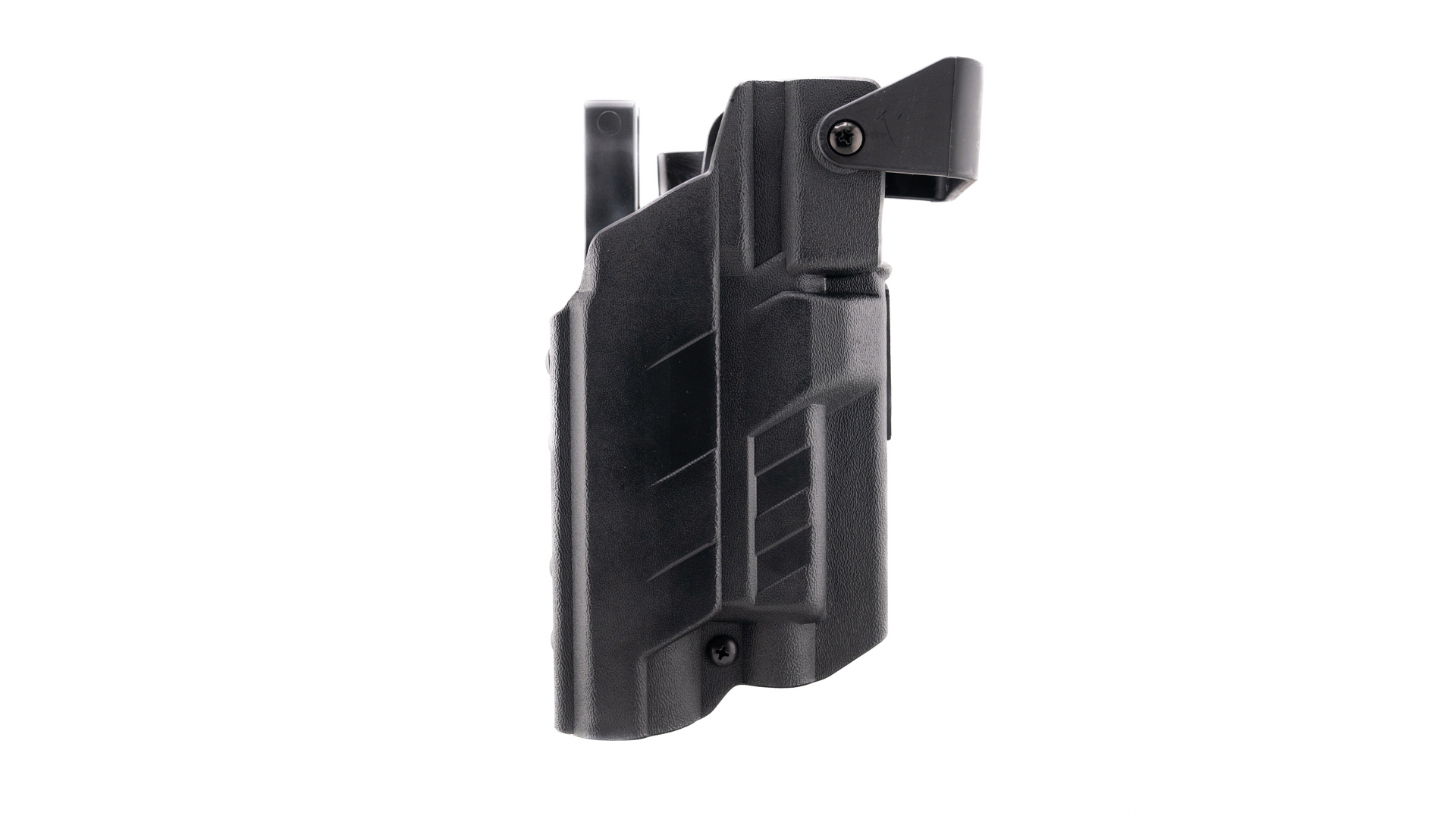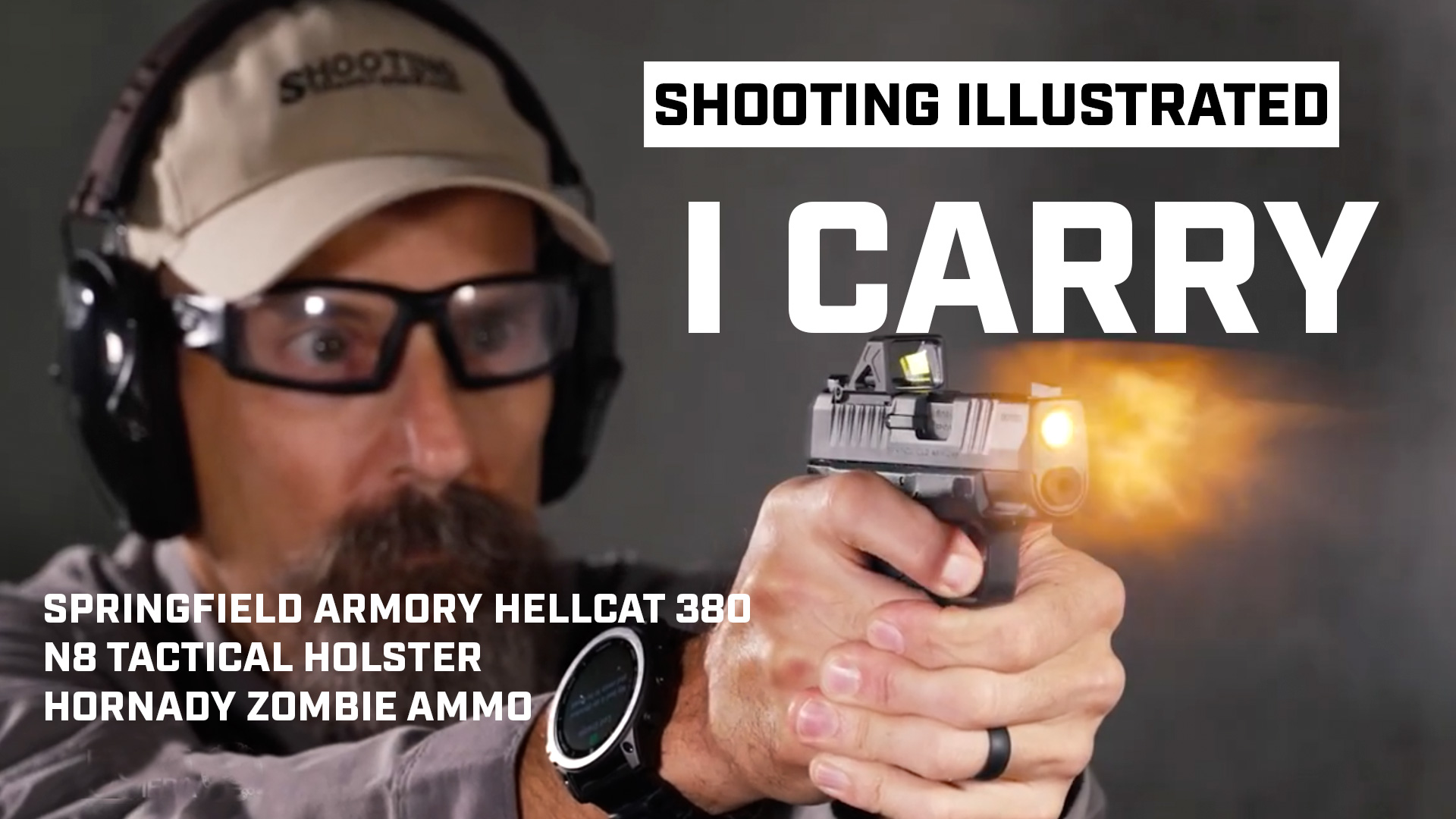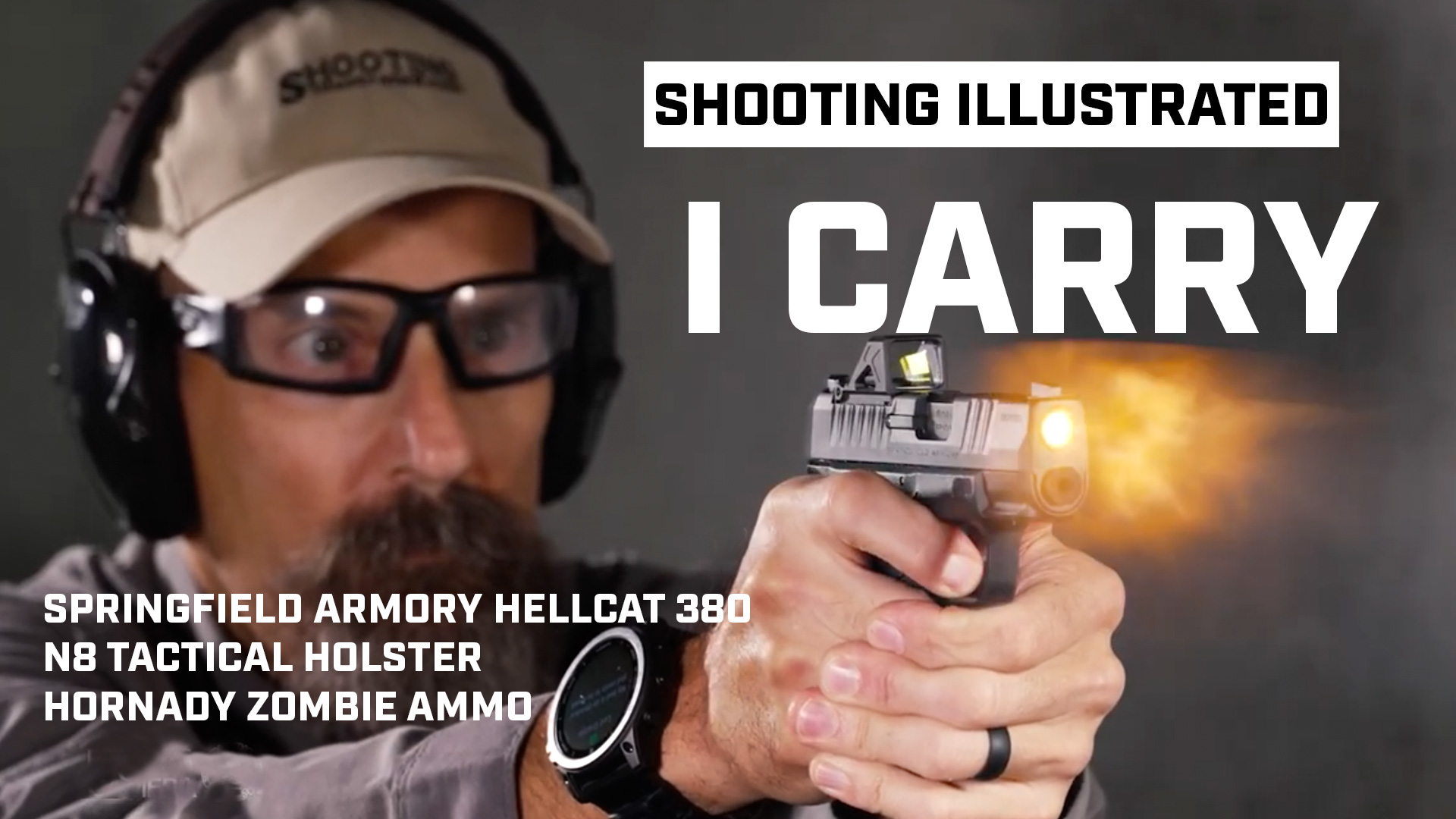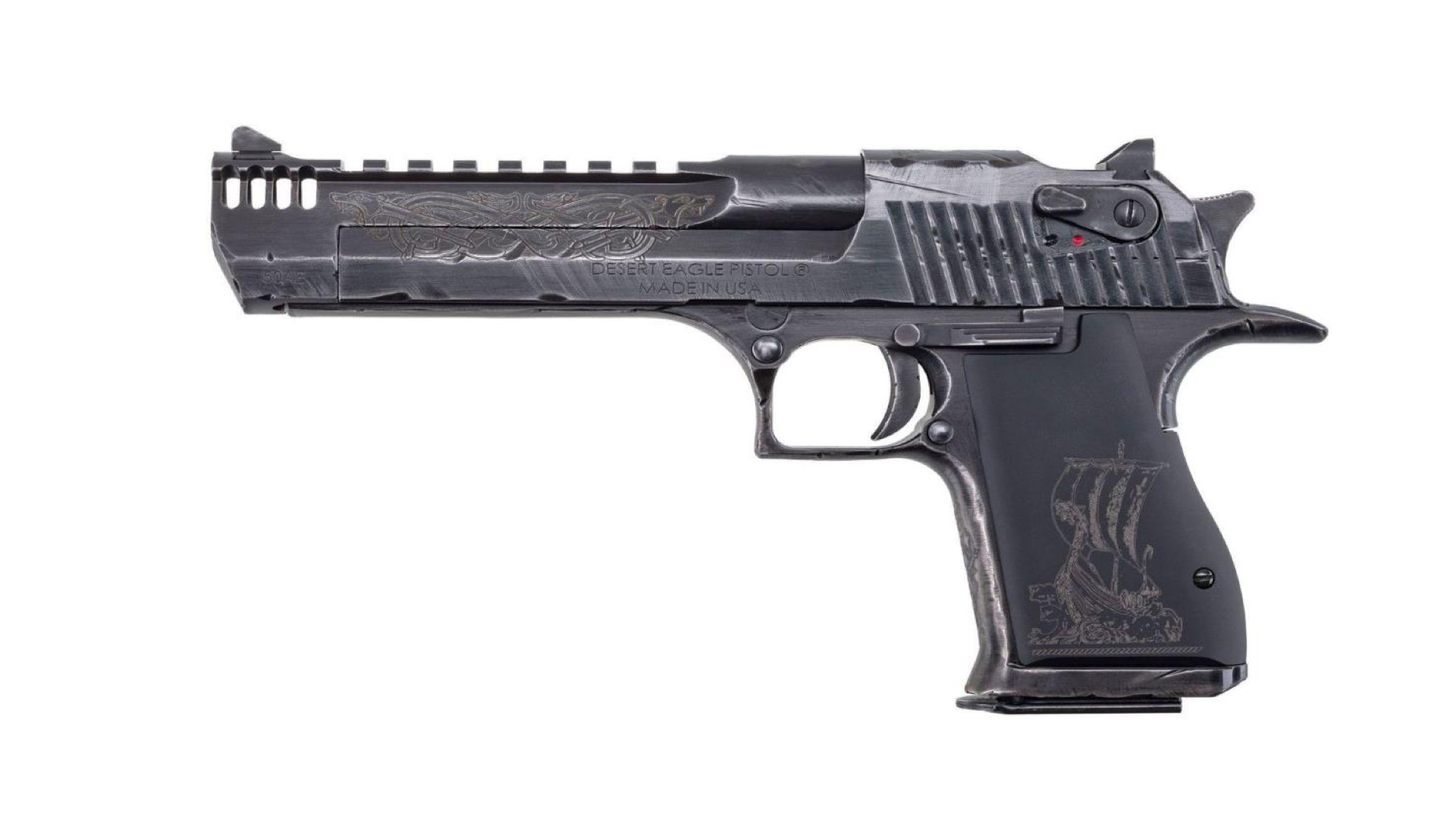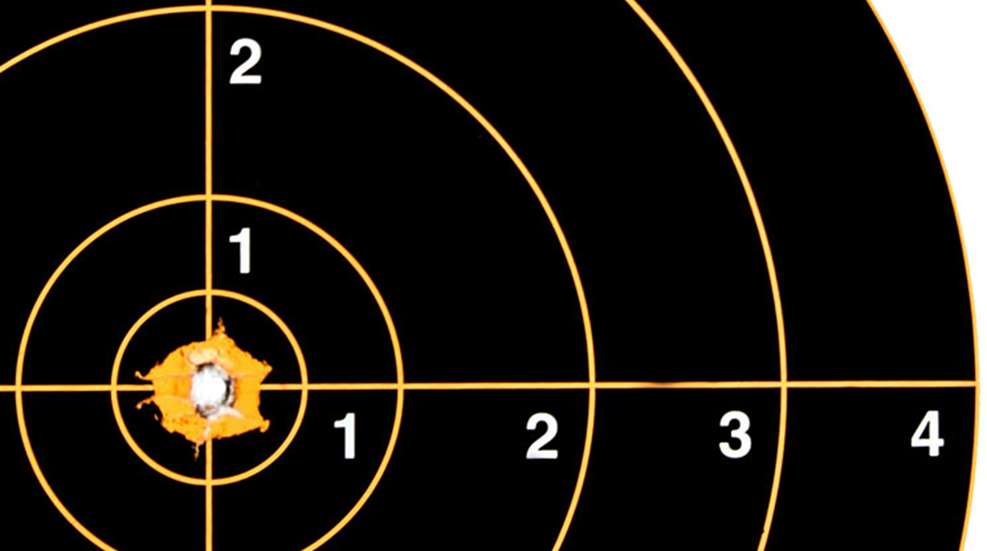
Xenophobia is a term that means “fear or dislike of anything which is perceived as being foreign or strange.” It was introduced in 1880 and remains an expression based on the perception that conflict exists between disparate elements. It is used here to illustrate the importance of staying pure to the shooting process.
The shooting process is commonly accepted by those in the know as “bringing stability to alignment and pressing off a round without disturbing that alignment.” It is easy to understand, but not so easy to pull it off on demand as a repeatable skillset. It is considered the prime directive of shooting well and is followed to the letter by upper-level shooters. The greater the adherence to the process the better the shooter.
Accuracy at challenging speeds, and/or greater distances, requires pure efficiency. The more technical the shot, the greater the need to stay with the process. The shooting process is a pure foundational element. Anything added to the process is considered foreign input and a detriment to the results of that process.
Foreign input may be introduced from any one of three interactive sub-processes underpinning the prime directive—the mechanical process, the visual process and the mental process.
Mechanical
The mechanical process is anything related to your gun handling skills such as presenting a handgun (draw), muzzle or sight alignment, grip, trigger press, reloading, malfunctions clearing, et al.
When it comes to handguns, one of the most fertile areas where foreign input may be introduced is the draw stroke. If drawing from the concealed position, you could flub clearing your cover garment, fail to purchase an initial grip or acquire a poor initial grip or any combination thereof. All of these would be considered foreign input to the process.
Following initial grip acquisition with your strong hand from either open or concealed carry, the next waypoint in the draw stroke is marrying both hands, initiating kinesthetic alignment using your proprioceptors and stabilizing the pistol. Anything other than what is needed to establish that stabilization is unnecessary or foreign input to the draw stroke.
Additional mechanics include bringing the gun up to the target, and this is where some shooters may pass by their point-of-aim and then drop the muzzle down to it, while others arc the muzzle upward like a bowling ball. Either of the two extraneous movements are unnecessary input and require corrective micro-adjustments—added mechanical input which costs time, energy expenditure and unwarranted movement.
Throughout the shooting process you may end up changing your grip position or pressure. You may find yourself adding pressure with your support side thumb or milking with the bottom three fingers of your strong hand and the like.
Mental
Incessant mental chatter can impact your shooting process as equally as the mechanical subprocess. The monkey mind, to which it is affectionally referred, is your worst enemy and creator of all things internal that are extraneous and subsequently detrimental to the shooting process.
Such outlandish thoughts as “don’t miss,” or “I’ve got this”, or “just one more round,” etc., are internal foreign input which affect the shooting process externally. The two most ubiquitous and insidious mental afflictions suffered by the burgeoning upper-level shooter are “go fast” and “what’s the result?”
When under pressure of either an in-service qualification or competitive event, the mind, already under duress, can sometimes fail to maintain that speed is nothing more than efficiency.
Allowing emotion to creep into the equation, the mind feels as though it must “go faster” introducing disastrous input to the process. The problem is that you are now preoccupied with ‘going fast’ as opposed to following the process—two completely different activities—mentally and physically.
What shooter doesn't want to immediately know the result of their efforts? Problems arise when the mind anticipates results as opposed to following the process. Yet again—two completely different activities—mentally and physically.
The body cannot go where the mind has not been. Whatever your thought may be, relevant or irrelevant to the situation at hand, introduces distraction and is foreign input to the shooting process.
Visual
Last but certainly not least is the equally critical visual subprocess. The need to stay visually connected to the target is an absolute requirement to shooting well.
Failing to stay target focused introduces foreign input. A good example of this is with carry optics, when your focal plane inadvertently shifts from the target to your red dot. Here you paid more heed to the optic than you did to the target, which inevitably converts to unnecessary corrective movement. In this case it’s visual, because you must minimally make a corrective motion with your eyes costing time and additional movement.
It's much like when driving and staying visually focused on the car in front of you. Yes, you are peripherally aware of the cars on either side of you and the car behind you, and all require awareness, but the one in front requires direct visual focus.
The definition of speed is efficiency. Speed and accuracy are the byproduct of no unnecessary movement. Foreign input is anything introduced mentally, mechanically or visually to the shooting process that prevent you from shooting well.




